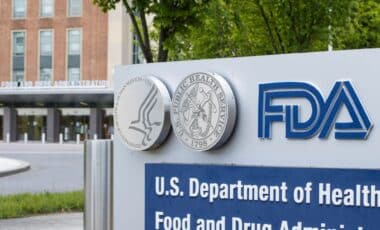Federal student loan borrowers in the United States are facing a significant setback as applications for income-driven repayment (IDR) plans have been temporarily suspended.
The U.S. Department of Education has withdrawn access to these plans following a recent ruling by the U.S. Court of Appeals for the Eighth Circuit.
Acoording to The New York Times, This decision not only affects millions of borrowers enrolled in the Saving on a Valuable Education (SAVE) plan but also impacts other long-standing repayment programs.
Court Ruling Leads to Sudden Suspension of Repayment Applications
The Eighth Circuit Court of Appeals recently upheld and expanded an injunction on the SAVE plan, a program introduced by the Biden administration to provide lower monthly payments based on income levels.
The court’s ruling also questioned the authority of the Department of Education to cancel student loans under any income-driven repayment scheme, a practice that has existed for over three decades.
As a result, applications for SAVE and three other IDR programs—Income-Based Repayment (IBR), Pay As You Earn (PAYE), and Income-Contingent Repayment (ICR)—have been removed from the federal student aid website.
Borrowers who had not yet applied to these plans are now unable to do so, limiting their access to more affordable repayment options.
Public Service Loan Forgiveness Indirectly Impacted
The suspension of income-driven repayment applications also affects the Public Service Loan Forgiveness (PSLF) program, which allows government and non-profit employees to have their remaining student loan balance forgiven after 120 qualifying payments.
While PSLF itself remains intact, most borrowers need to be enrolled in an IDR plan to qualify—something that is currently impossible due to the suspension. This disruption could prove especially frustrating for those nearing completion of their PSLF requirements.
According to federal data, over 21,700 borrowers have already qualified for forgiveness, with hundreds of thousands more close to reaching the required payment threshold. Borrowers in the SAVE plan, however, are stuck in limbo, as their payments have been paused since last summer due to ongoing legal disputes.
What Borrowers Can Expect Next
Although there is no definitive timeline for resolving this issue, industry experts suggest that some IDR plans may become available again in the coming months. The Income-Based Repayment plan, for instance, was established under a 2009 law that explicitly permits loan cancellation after the repayment term.
Because of this distinction, some analysts believe it could be reinstated sooner than the others. In the meantime, borrowers are advised to explore alternative repayment options.
Deferments and forbearances remain available for those facing financial hardship, though they come with different conditions regarding interest accrual.
Some borrowers may also consider extended or graduated repayment plans, though these could increase the total cost of their loans over time.
Long-Term Legal and Political Implications
Beyond the immediate effects, this ruling introduces uncertainty regarding the future of federal student loan repayment programs.
The legal arguments challenging the SAVE plan focus on whether the Department of Education has the authority to implement loan forgiveness through regulatory action rather than congressional approval.
For now, borrowers affected by the suspension are left in a state of uncertainty.









